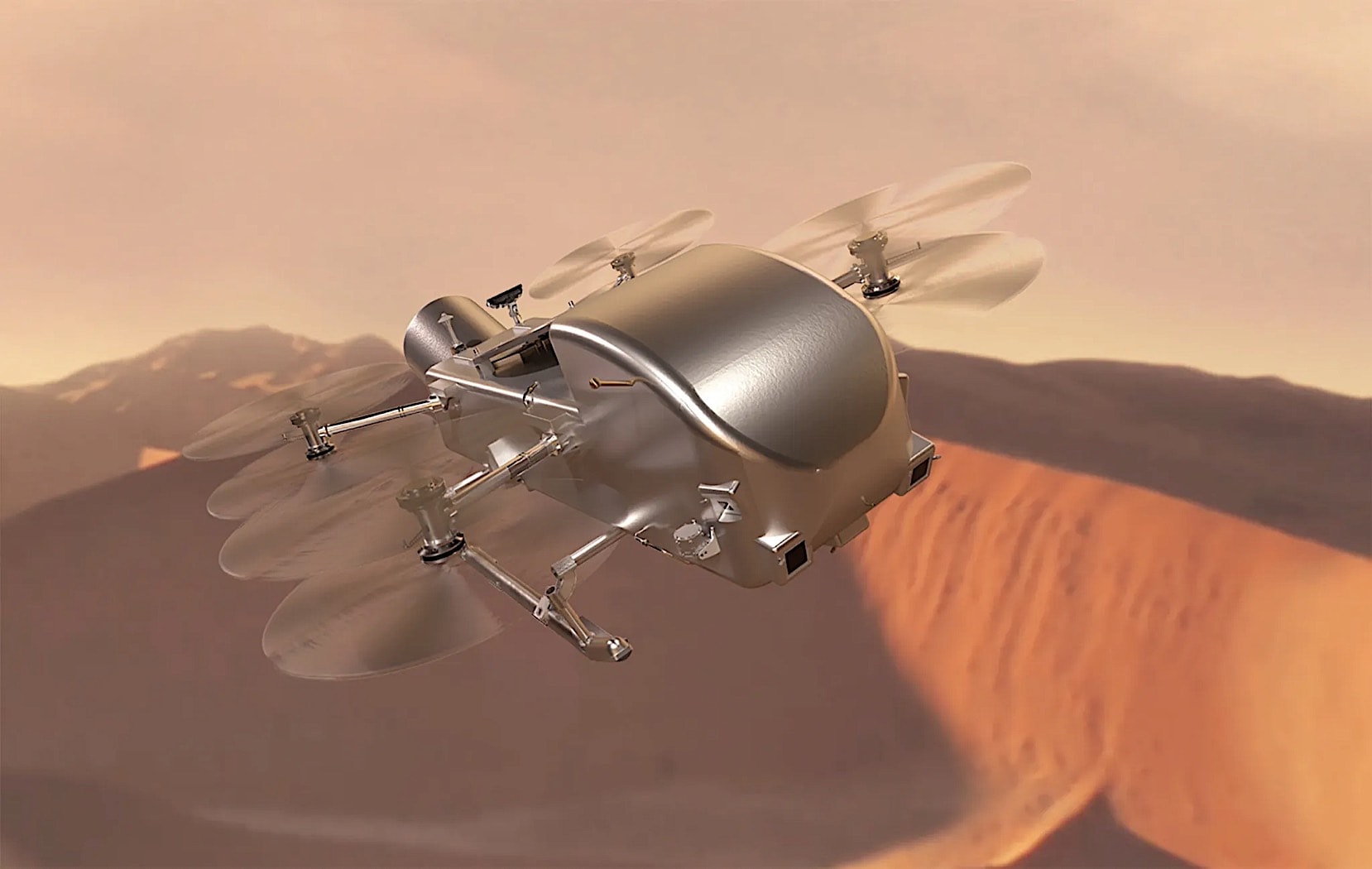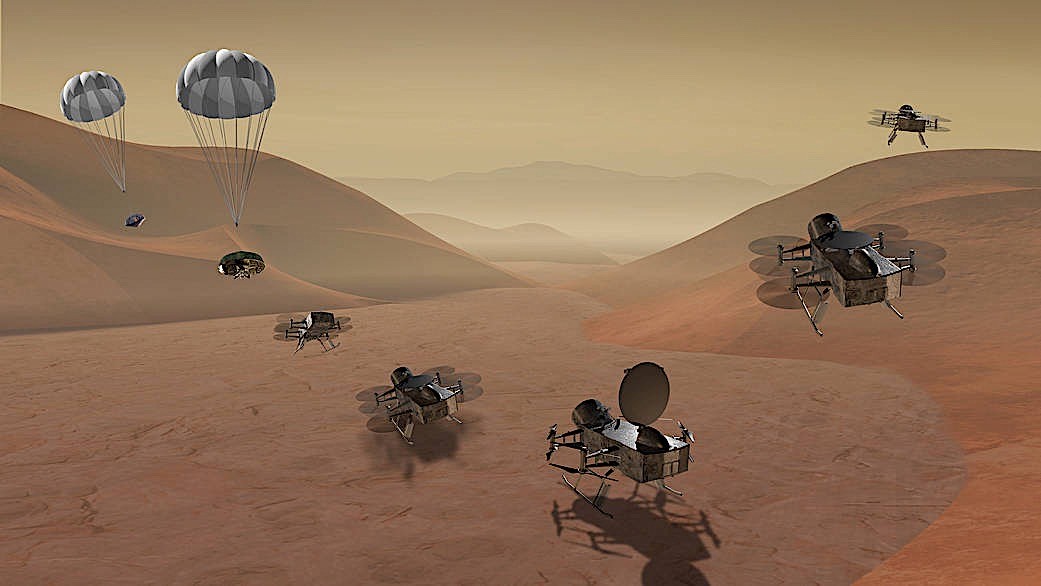NASA eagerly awaited inclusion in the president’s fiscal year 2025 budget request, hoping to secure funding for its ambitious missions, including one targeting Saturn’s Moon Titan. Titan, with its unique characteristics, presents a promising opportunity for scientific exploration.
As the largest moon of Saturn, Titan stands out for its atmosphere, rivers, lakes, and seas composed of methane and ethane. Its similarities to Earth’s conditions make it an intriguing subject for potential discoveries, offering insights into prebiotic chemical processes and the possibility of habitability.
NASA’s mission to Titan, known as Dragonfly, represents a significant leap in planetary exploration. Unlike previous flybys and probes, Dragonfly will deploy an innovative rotorcraft drone to conduct scientific research on Titan’s surface. This approach, combining mobility and versatility, promises to uncover new insights into Titan’s environment and composition.

Initially planned for launch in 2026, the Dragonfly mission faced delays due to the COVID-19 pandemic. However, with the necessary budget allocation, NASA confirmed a 2028 launch and a 2034 arrival on Titan. Despite the increased cost estimate of $3.35 billion, NASA remains committed to realizing the mission’s objectives.
Dragonfly’s scientific objectives include assessing Titan’s habitability, studying prebiotic chemistry, and investigating the potential for life. These endeavors align with NASA’s broader goals of expanding our understanding of the universe and exploring the possibility of life beyond Earth.
While the mission to Titan represents a significant investment, its potential scientific discoveries hold immense value for humanity’s understanding of our place in the cosmos.

